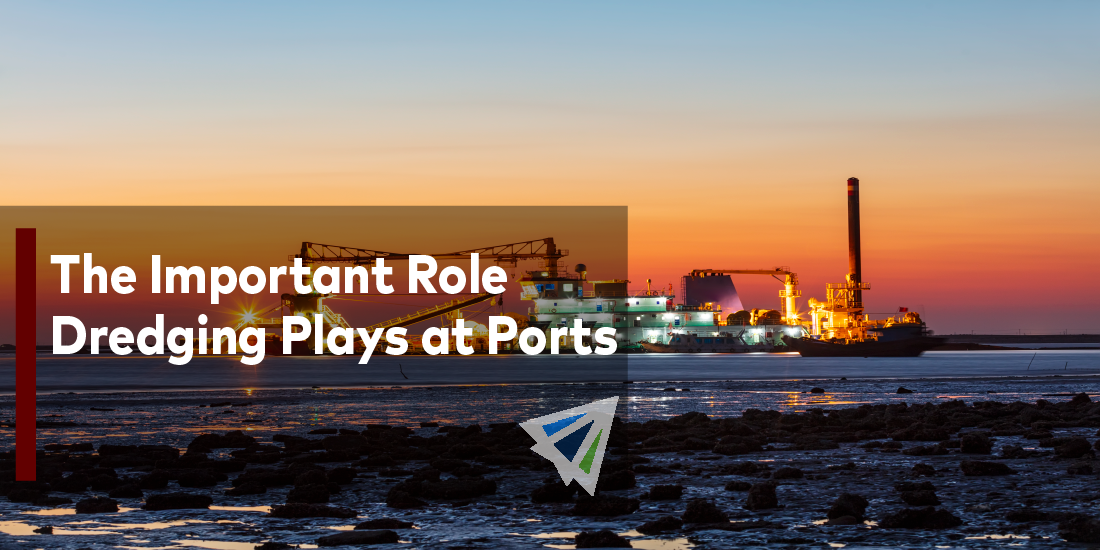Dredging plays an essential role in the nation’s economy, since massive container ships carry the bulk of the goods imported into the U.S.
Dredging refers to the removal of sediments and debris from the bottom of lakes, rivers, harbors, and other various bodies of water.
What Does the Dredging Process Entail?
First things first, as mentioned above, essentially sediments and debris are dug up from various bodies of water and then disposed of at a different site.
Specifically, the dredge operator lowers it to the side of the body of water or its bottom. Then, the rotating cutter-bar uses the sharp blades to loosen the sediment on the bottom and is sucked in using a submersible pump. After that process is complete, it is dumped at a disposal area.
Regular maintenance is important when dredging, especially in coastal regions that have sizeable tidal activity. As well as in bodies of water that are susceptible to become silted with sediments, sand, and mud, per Marine Insight.
Furthermore, dredging helps increase the depth of navigation channels, ports and berths, allowing for the free flow of maritime traffic.
Dredging at the Port of Oakland
“The bottom line is that if we don’t dredge, none of this happens,” Port Spokesperson Robert Bernardo, said while looking at the stacks of containers at the port.
That’s how important dredging at the Port is, at least in Bernardo’s eyes.
San Francisco Bay, which homes several ports, is widely known as one of the world’s best-run and largest natural harbors. However, one natural feature at the bay, how shallow it is, is also proving to be a growing challenge.
Currently its average depth at the bay is around 12 feet, and containerships require water least 30 feet deep, or more – Transport Topics notes.
This is where dredging can help solve that problem.
Furthermore, at regional ports, ships are continuing to get bigger and bigger. With some megaships requiring water to be at least 52 feet deep.
The port of Oakland has been researching ways on how to deepen and widen its turning basins for larger and larger ships, as its only a matter of time when those larger ships will be on their way to the port.
“If we don’t dredge to the adequate depths and width to wider ships coming in, those ships will go elsewhere. With that goes thousands of jobs, millions of dollars of taxable revenue,” John Coleman, CEO of the Bay Area Planning Coalition stated.
Currently they are in the ‘is this feasible’ stage, so it’s uncertain if this project will come to fruition or not.
Looking Ahead
Should you have any questions regarding this and how it could impact your shipments, please reach out to our team today.
Additionally, we have our weekly market updates that can provide you with relevant freight news, updates, developments across the industry, and more.
